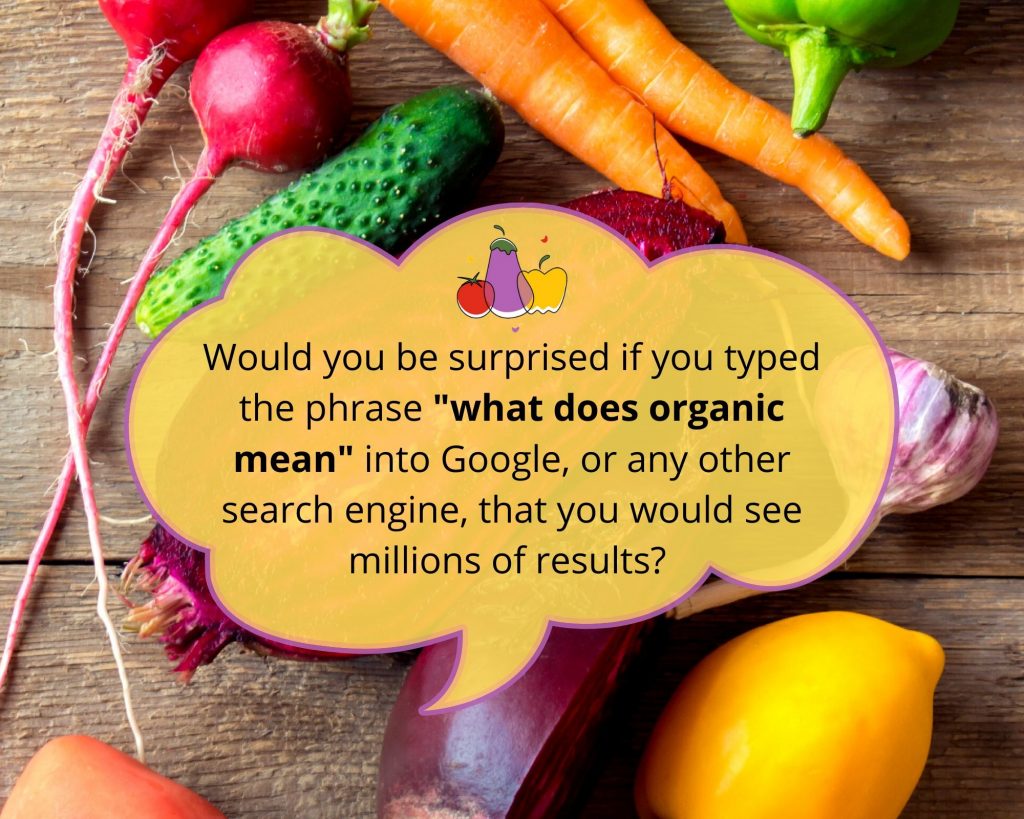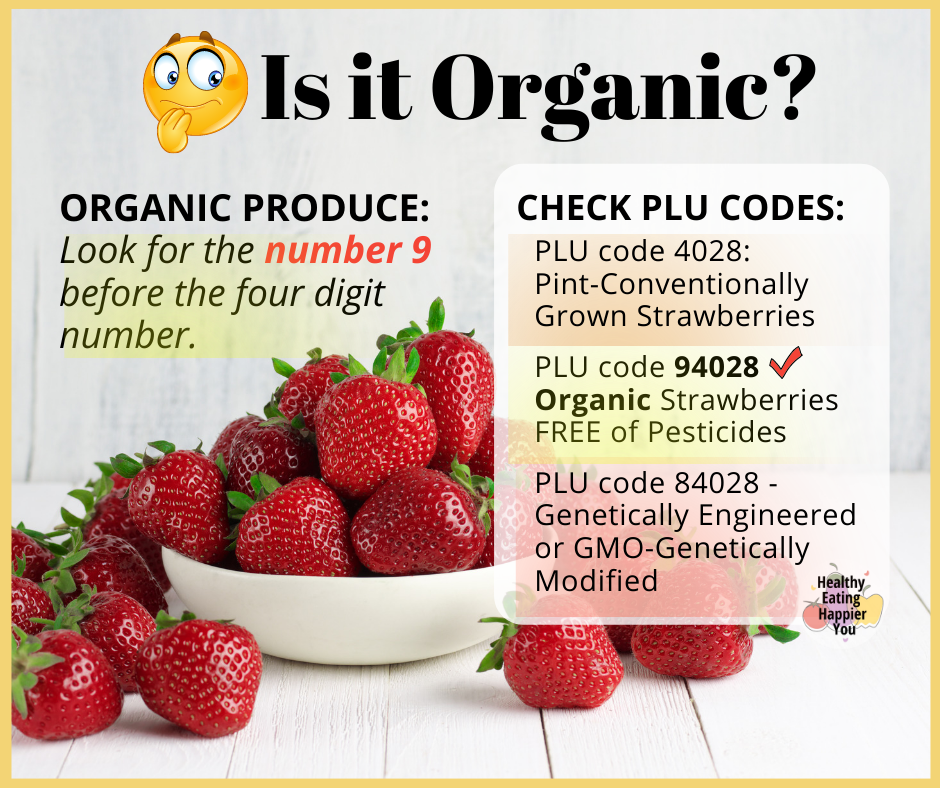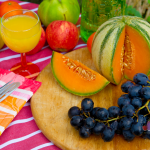What Organic Really Means

Would you be surprised if you typed the phrase “what does organic mean” into Google, or any other search engine, that you would see millions of results? Recently, a Big G search popped up 89 million results which is mind-boggling.
Obviously, we are all different and have our own ideas of what organic means. Here are a few of the more consistent definitions concerning living an organic lifestyle as a way to limit your exposure to toxins, poisons and other harmful chemicals.
The explanations shown below refer to the growing, harvesting and marketing of organic foods.
- “Related to or derived from living matter.”
- “A holistic approach to growing crops without synthetic inputs like pesticides and fertilizers.”
- “The product of a farming system which avoids the use of man-made fertilizers, pesticides, growth regulators and livestock feed additives.”
When considering organic as a qualification for clothing, fabric, cleaning supplies and bathroom products, an absence of harmful chemicals is also the focus. Think of the organic tag as applicable when the item in question is as close to its natural state as it can possibly be, with minimal or zero influence or manipulation by humans.
Are There Various Levels of Organic?
In some countries, food is quite restricted. People eat to survive by consuming whatever they can find, regardless of whether it is a natural or man-made food.
In other countries where the food industry is closely monitored to protect the health of their citizens, you will usually come across some type of organic labeling. In the United States, there are 4 different types of organic certification.
100% Organic

This label is pretty straightforward, and may include the USDA organic seal and/or 100 percent organic claim. If you see a product labeled as 100% organic, you will see a green and white icon that says USDA Organic. This means that every ingredient in that item has been certified as organic by the United States Department of Agriculture.
Organic
Characterized by the USDA Organic label, this organic tag does NOT include 100% certification. It clarifies that the food in question must contain at least 95% of organic agricultural ingredients. Non-organic ingredients may be used if they are allowed on the per National List, up to a combined total of five percent of non-organic content (excluding salt and water).
Produced with Organic Ingredients
The USDA Organic seal should never be displayed on food that claims to be made with organic ingredients. This certification can only be legally applied when at least 70% of the ingredients are certified as organic. The remaining 30% of ingredients may not be organic, but they cannot have been produced using excluded growing, manufacturing and marketing methods.
Specific Organic Ingredients
The USDA Organic seal should not be shown with this certification either. A food may have more or less than 70% organic ingredients, and specific organic foods used to manufacture this product may be listed individually.
Additional Organic Exclusions and Inclusions
The above certifications identify if food is safer, cleaner and possibly healthier than other similar choices. If you purchase a 100% organic banana, you benefit from the peace of mind that comes from knowing this food has not been grown, harvested or marketed using potentially dangerous chemicals and unsafe, unsustainable practices.
This means the food in question cannot be produced through genetic engineering and no sewage sludge or ionizing radiation can be used anywhere in the growth process.
Also, the application of one of the four organic levels of certification mentioned above can only come after inspection by a certified USDA National Organic Program-authorized agent.
You can check this list of the myriad of allowed and prohibited substances the USDA uses to declare an organic qualification.
All the organic specifications and requirements discussed in this post apply to products manufactured in the United States. The United Kingdom, Canada, Australia and some parts of Asia also have similar restrictions.
How to Recognize Organic Produce

Getting organic food from the garden to the grocery store is generally a little more expensive than going the non-organic route. This means if a farmer goes to the extra expense and time needed to produce organic products, the farmer is probably going to contact the USDA to receive his or her hard-earned USDA labeling. Because of this labeling, it is easy to spot organic produce most of the time.
In the US, just look for the green and white circular label that says USDA Organic. Due to the size, shape and packaging of individual pieces of produce, the USDA label may not be present. This doesn’t necessarily mean the food in question is not organic. When shopping for produce, always choose items that have an individual price lookup code (PLU code) or barcode. Look at the corresponding number.
If the number paired with a PLU code is 5 digits and the first digit is the number 9, you are looking at organic food. A number starting with 3 or 4 means the produce you’re looking at is conventionally grown and may have been grown with chemicals or sprayed with pesticides.
- As an example, if you buy a small lemon in the United States it may be reflect the number 4033.
- An organic lemon would be numbered 94033.
- The number 9 (in 94033) indicate the food is organic.
- If the code begins with 8 before the final 4 digits, you know the food has been genetically engineered or genetically modified (GMO’s).
Final Notes…
My preference is to eat organic whenever possible to AVOID genetically engineered or genetically modified food (GMO’s) and pesticides/chemicals to protect my health.
It’s a personal choice for each of us. When you buy organic, you know you’re purchasing real food that has not been genetically engineered or genetically modified, and it has been grown with organic seeds in organic soil.
If you’re new to a healthy eating lifestyle, avoiding foods that are high on the list for pesticides and other chemicals is a great place to begin. The Environmental Working Group (EWG.org) provides invaluable health information such as the Dirty Dozen and the Clean 15 Shopper’s Guides.

You Might Also Like….

Healthy Eating Goes Mainstream
The benefits of healthy eating is finally going mainstream, and the medical community is beginning to take a closer look at the possibility that food…

Optimize Your Immune System With Whole Nutrient-Dense Foods
Optimizing your immune system with whole nutrient dense foods is not hard, although for some it can be challenging to even think about eating fruits…

What Does Organic Mean & Organic Labels?
What Organic Really Means Would you be surprised if you typed the phrase “what does organic mean” into Google, or any other search engine, that…
